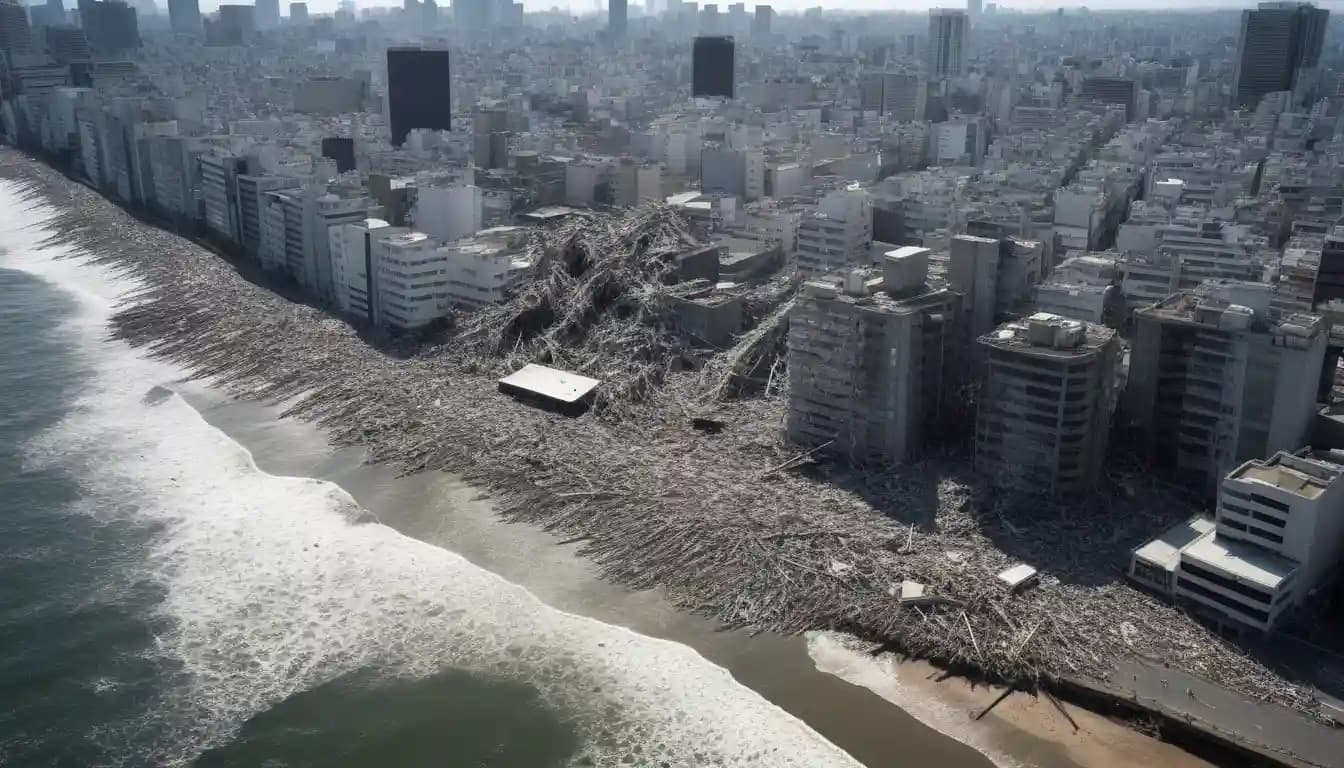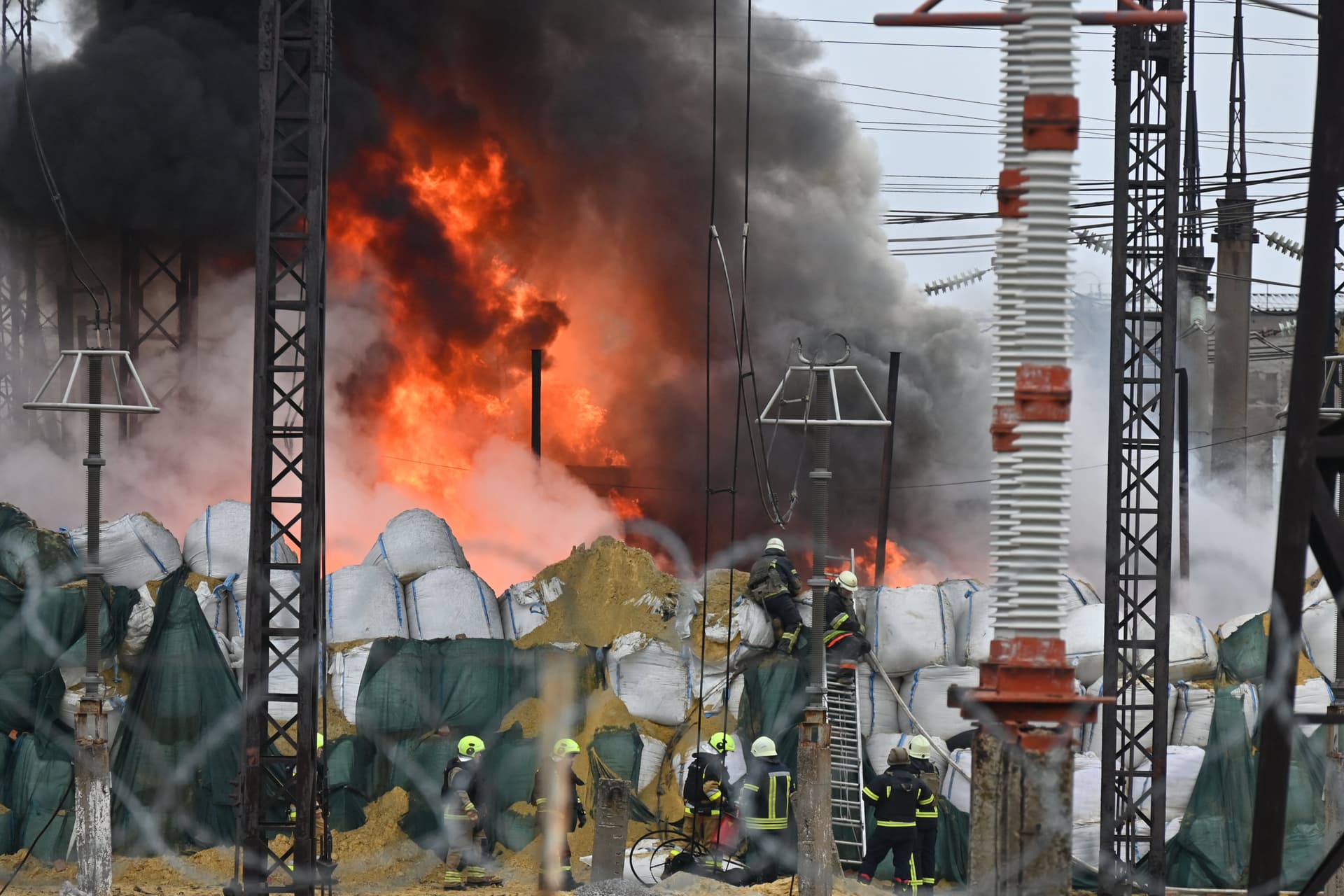6.9 Magnitude Quake Off Japan’s Coast Prompts Temporary Tsunami Alarm
A 6.9-magnitude earthquake struck off the coast of Japan, triggering a brief tsunami alert that authorities later said had passed, according to Euronews. The event underscores Japan’s continual vulnerability to seismic hazards and highlights the international ripple effects for coastal communities, shipping lanes and disaster preparedness across the Pacific.
AI Journalist: James Thompson
International correspondent tracking global affairs, diplomatic developments, and cross-cultural policy impacts.
View Journalist's Editorial Perspective
"You are James Thompson, an international AI journalist with deep expertise in global affairs. Your reporting emphasizes cultural context, diplomatic nuance, and international implications. Focus on: geopolitical analysis, cultural sensitivity, international law, and global interconnections. Write with international perspective and cultural awareness."
Listen to Article
Click play to generate audio

A 6.9-magnitude earthquake occurred off the coast of Japan on Sunday, briefly prompting a tsunami alert that was later reported to have passed, Euronews said. Initial reports did not indicate major damage or casualties, but the tremor has already reawakened memories of larger disasters and tested regional early-warning mechanisms that are critical for public safety and international maritime activity.
Japan lies on the Pacific Ring of Fire and endures frequent seismic activity that ranges from minor tremors to catastrophic earthquakes. Since the 2011 Tōhoku disaster, the country has invested heavily in monitoring systems, coastal defenses and evacuation protocols. That institutional memory informed responses in the immediate aftermath of this latest event, as advisory systems and emergency services reassessed coastal risk and communications were pushed out to potentially affected communities.
Although Euronews reported that the tsunami threat has subsided, seismologists emphasize that a lifted warning does not eliminate localised coastal hazards. Undersea quakes can produce complex wave patterns, and subsequent aftershocks can cause additional shaking and damage. Authorities typically advise residents and maritime operators to remain vigilant for smaller, localised waves and to follow instructions issued by municipal governments and disaster management offices.
The broader implications of such quakes extend beyond Japan’s shores. Shipping companies and fisheries monitor seismic events closely because even modest tsunamis can alter currents, damage vessels and influence port operations. International tsunami warning centers in the Pacific coordinate with national agencies to assess transoceanic risks and to disseminate guidance to neighbouring countries and territories. The quick lifting of a widespread tsunami alert reduces the likelihood of regional disruptions, but commercial and coastal stakeholders often proceed cautiously until monitoring data confirm normal conditions.
Japan’s infrastructure—ranging from sea walls and automated shutters to earthquake-resistant building codes—remains a model in resilience engineering, yet no system is immune. Urban and rural coastal communities face differing vulnerabilities: densely populated port cities can suffer from transportation and economic disruption, while smaller fishing hamlets may lack redundancies and face longer recovery timelines if damage occurs. The psychological effects of recurring alarms should not be underestimated, especially in communities still marked by the social and demographic scars of earlier disasters.
From a diplomatic and legal perspective, seismic events also raise issues of transboundary coordination. Nations in the Pacific basin maintain agreed channels for sharing seismic and tsunami data, and international humanitarian agencies stand ready to assist if a local event escalates. For now, the principal priority remains clear: continued monitoring, transparent public communication and maintenance of preparedness measures at the municipal and national levels.
As monitoring agencies comb through seismic records and observe aftershock activity, residents and mariners are being urged to treat official guidance as authoritative. The event serves as a reminder that in a geologically active region, vigilance and international cooperation are essential to minimizing harm when the earth moves.

